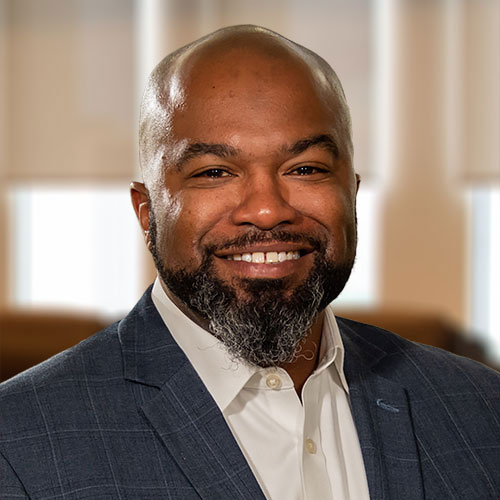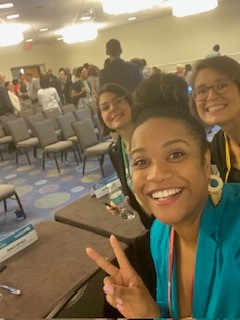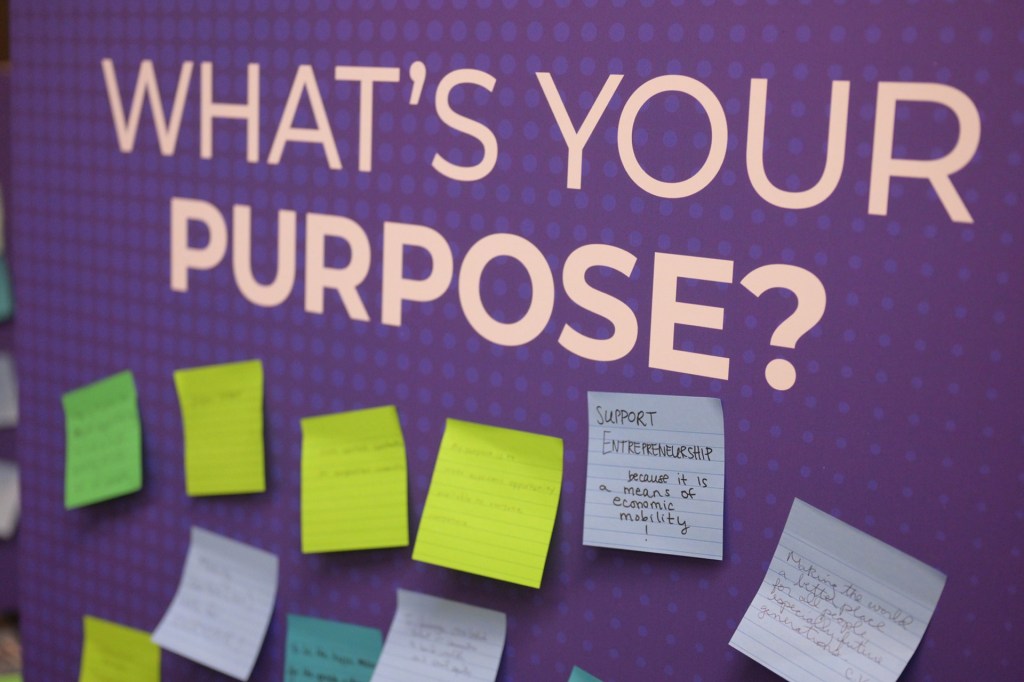In October, Opportunity Finance Network (OFN), the leading national network of community development financial institutions (CDFIs), held its 39th annual conference. The theme of this year’s conference, “Capital Meets Purpose,” references the CDFI industry’s founding purpose of investing capital in people. That purpose remains central to addressing the critical challenges that low- and moderate-income communities face today.
A few members of my team and I contributed to the conference by sharing data from the Fed’s 2023 CDFI Survey and discussing the results with leaders of CDFIs.
Building trust to help communities combat predatory lending
During our survey results session, there was lively discussion about CDFIs’ role in addressing one of today’s challenges: predatory lending. For CDFIs, this involves taking a multifaceted, trust-building approach. Session participants shared stories of providing loan alternatives by engaging borrowers before lending is needed; convincing borrowers to stick with the CDFI through a lengthier lending process; and helping borrowers find legal representation to get out of predatory contracts.
This discussion reinforced a key finding from our survey: CDFIs not only need flexible, low-cost lending capital to originate loans that work for their communities, they also need sustainable operational funding to provide high-touch services to borrowers.
Our survey captured many other examples of how CDFIs continue to innovate to meet borrowers’ needs. When we asked survey respondents about their proudest accomplishment over the past two years, many highlighted their ability to access and rapidly deploy COVID-19-era funding, such as the Paycheck Protection Program and the CDFI Rapid Response Program.
Deploying capital to underserved areas
Similarly, CDFIs today find themselves positioned as a vital distribution channel for public funds related to green finance. A focus of this year’s conference was the $27 billion available through the Greenhouse Gas Reduction Fund. Fifty-five percent of this funding is available for loans and grants in low-income and disadvantaged communities.

“CDFIs have to be at the center of capital deployment in low-income and disadvantaged communities across the country.”
– Harold Pettigrew, President and CEO, Opportunity Finance Network
“The fact is, our climate isn’t changing, it’s changed,” said Harold Pettigrew, president and CEO of OFN and a member of the Richmond Fed’s Community Investment Council. “The threat is clear and present for every community. To ensure that no community is left behind with this historic, once-in-a-lifetime investment,” Pettigrew added, “CDFIs have to be at the center of capital deployment in low-income and disadvantaged communities across the country.”
Brainstorming ways to measure impact
Other topics covered at the conference include affordable housing, small businesses, rural communities, and impact measurement. In our survey, we asked about impact measurement. Nearly all survey respondents reported tracking outputs, like the number of community members they serve.
But various impediments—particularly limited staff resources and difficulty collecting data—constrain CDFIs from measuring deeper outcomes, such as community members’ financial performance or job quality. Conference presenters and attendees discussed ways to leverage professional development, technology solutions, and other external resources to help CDFIs track and measure impact.

Coming soon: More analyses of 2023 CDFI Survey data
We were thrilled to be a part of the OFN Conference. Our participation gave us a chance to share data with CDFI leaders and to gain deeper insight into their challenges and opportunities. And the sharing doesn’t end there! We are leveraging our survey data further to publish additional articles on impact measurement, industry innovations, and the unique experience of rural-serving CDFIs. Look for these analyses in early 2024.







